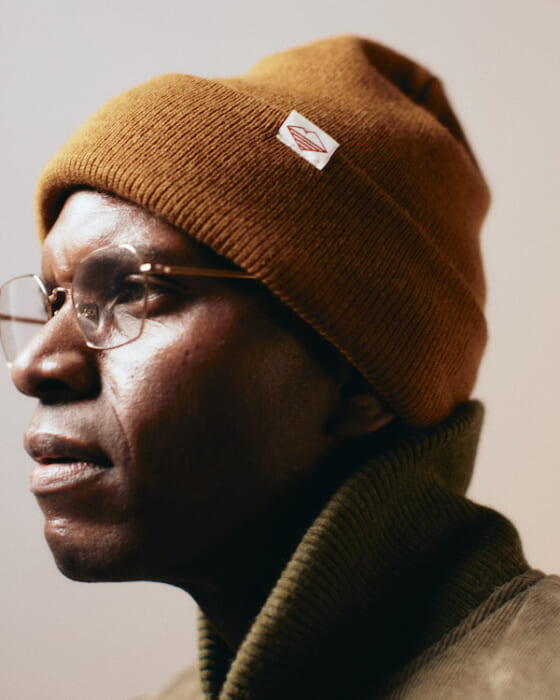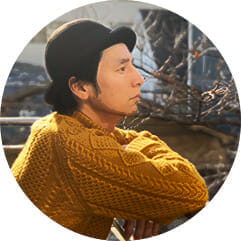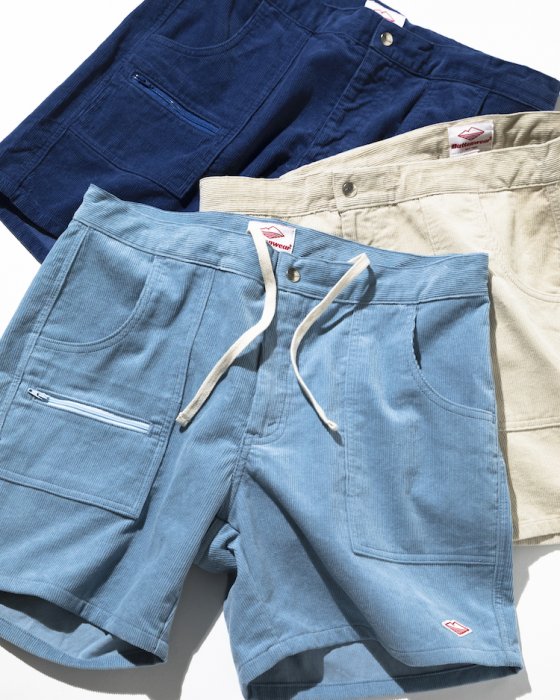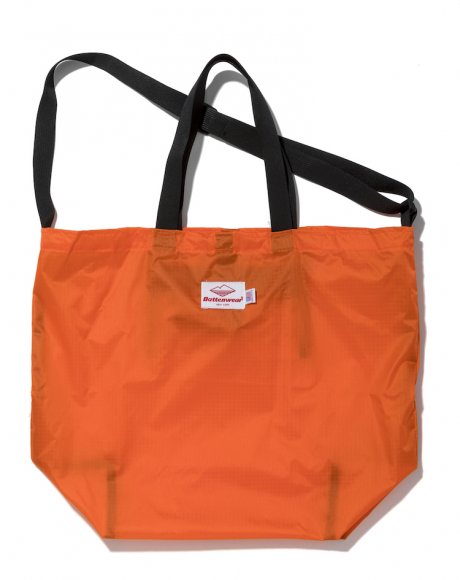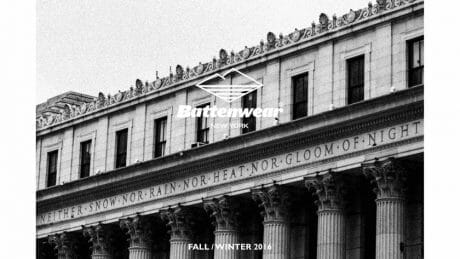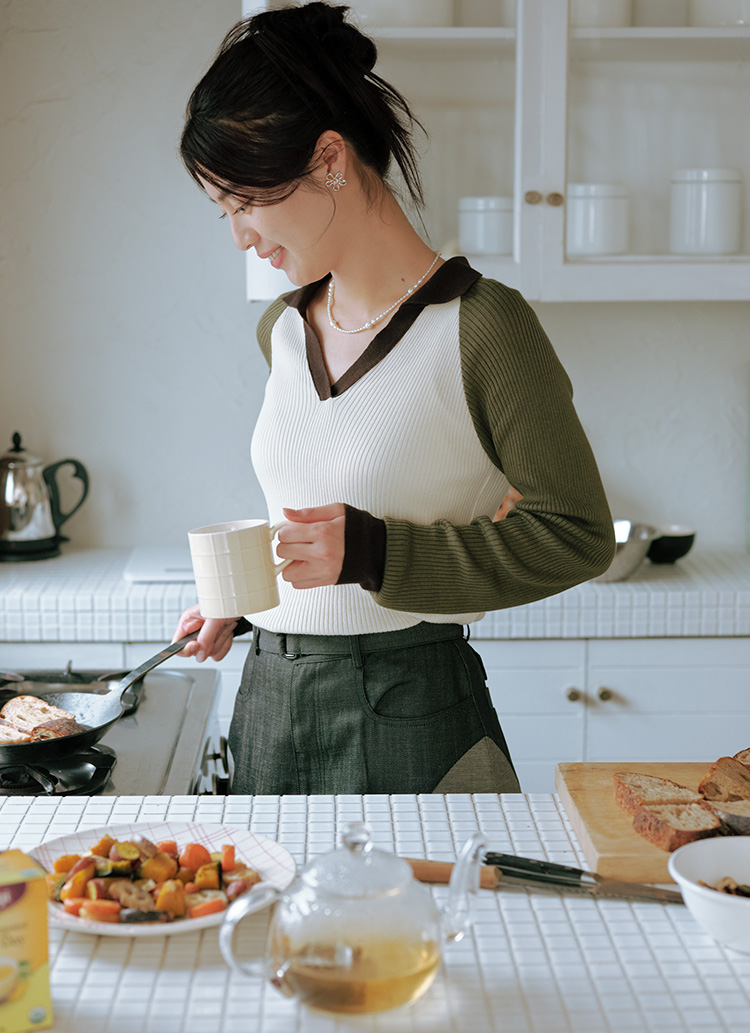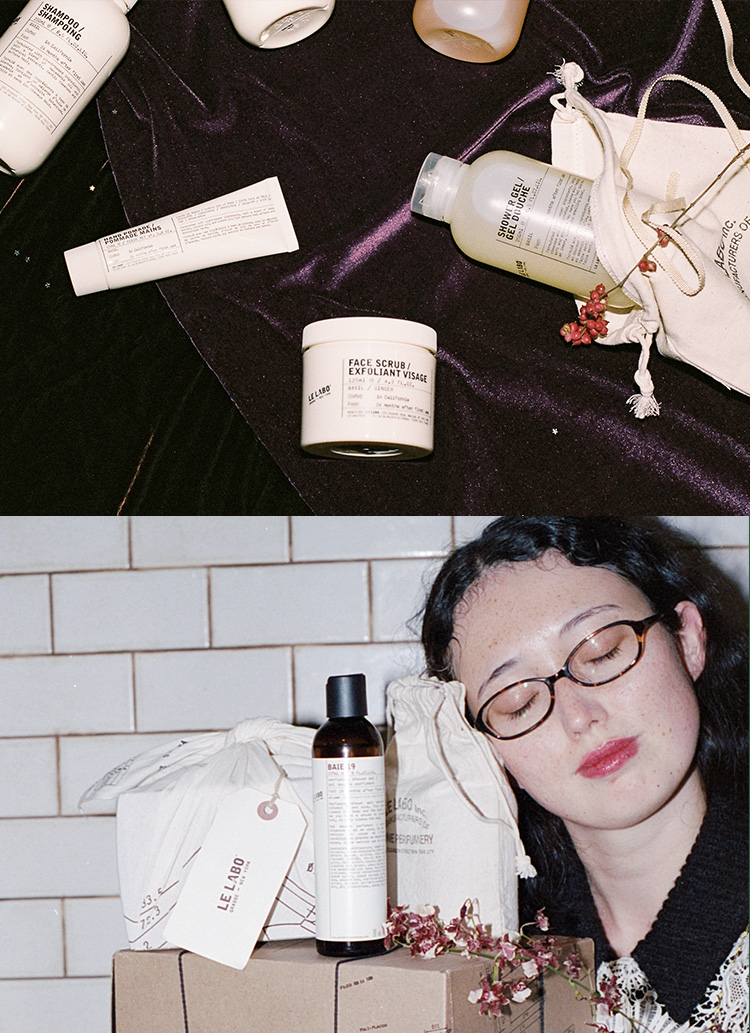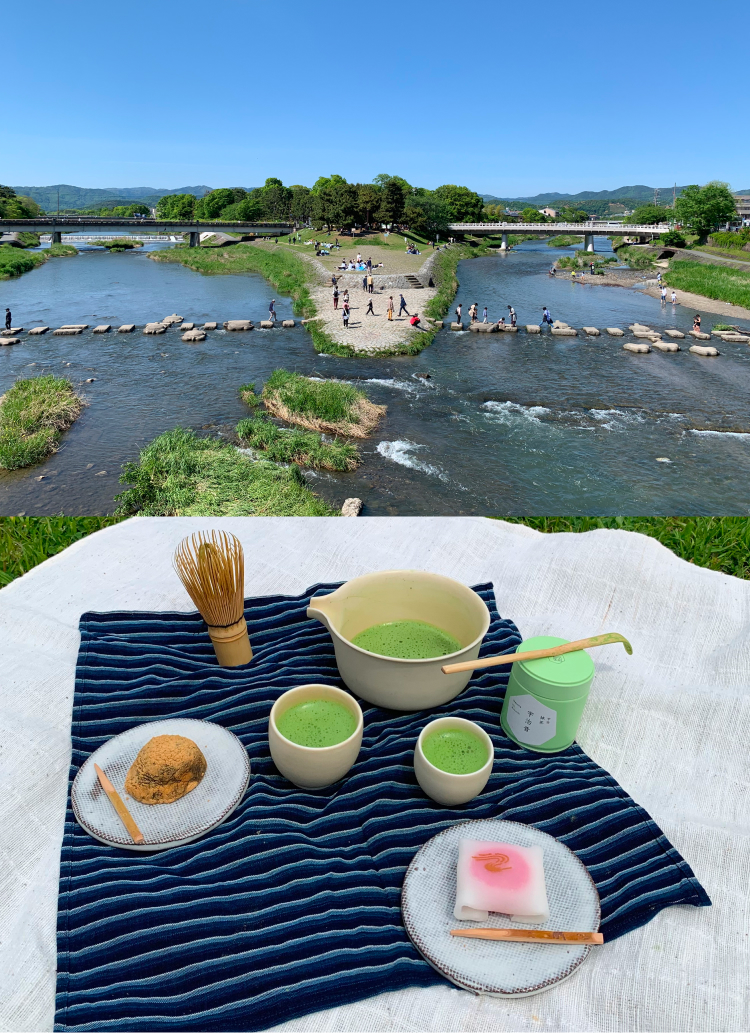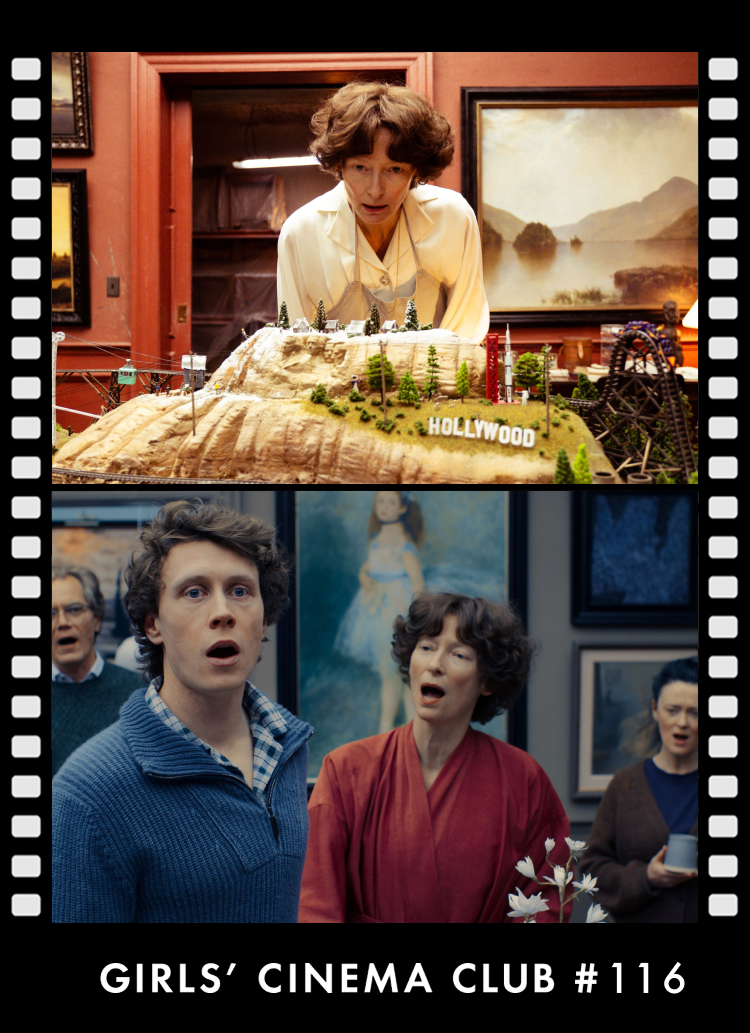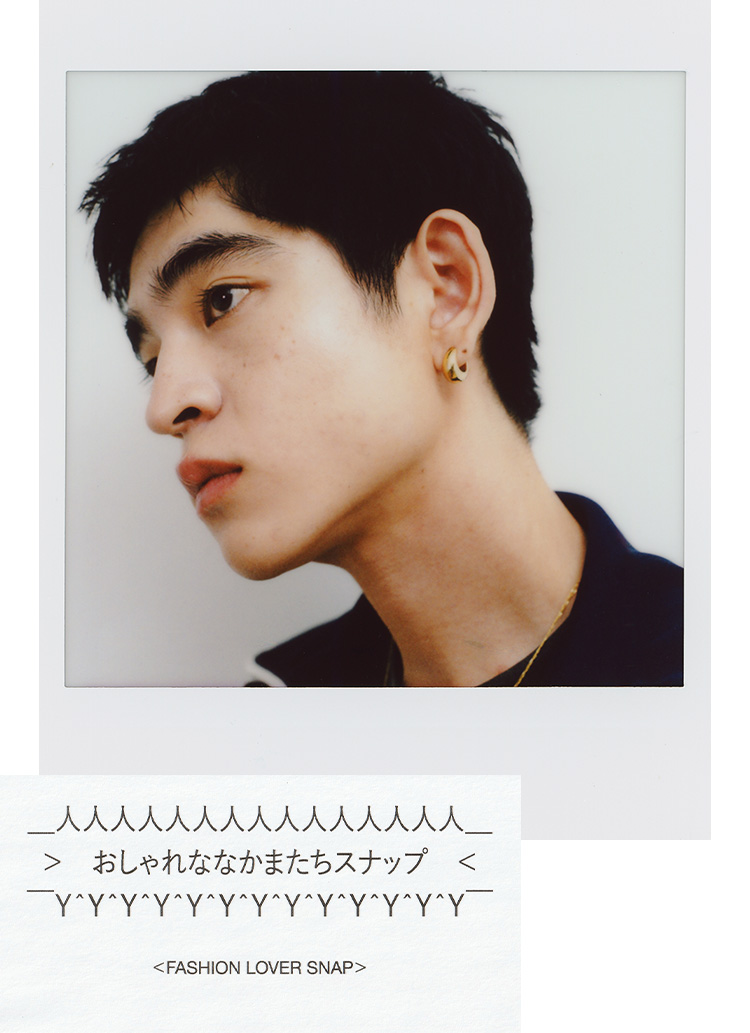[<Daewoo] celebrates its 10th anniversary with the fall/winter 2022 collection.Battenwear. This summer, the designer, Shinya Hasegawa, was in Japan for the first time in a long time .
The fact that the company has been based in the U.S. since its inception and is still able to keep pace with the Corona disaster is no mean feat.
We applied for an interview with Mr. Hasegawa , to ask him to look back on a turbulent decade. Rather than asking him a serious question about the brand's creativity, we asked him how he is doing these days. . Rather than asking him seriously about the brand's creativity, I wanted to ask him how he is doing these days.
Mr. Hasegawa, whom I hadn't seen in a while, was as laid-back and peaceful as before.
PROFILE
In 2011, he founded Battenwear in New York City. In 2017, the brand opened a design studio in Topanga Canyon, California. . The brand has been pursuing functional and comfortable outdoor wear for many years.
It's been a while since we last met. You are now based in LA, not New York, right?
Hasegawa: Yes, I moved at the beginning of 2017 , so it's been over 5 years now. After that, I kept my office in New York, and I was going back and forth. And, as it happened, I decided to close the NY office just before the pandemic broke out. If the timing had been a little later, we would have been in trouble.
. That's lucky for you. New York was in trouble in the early stages of the pandemic, wasn't it?
Hasegawa: Yes, it was. It was amazing.
What made you leave the familiarity of New York and move to L.A.?
Hasegawa: I guess the big thing is the kids. It is getting a bit cramped for a family of four, and my wife is originally from the area where we live now. There is a lot of nature in the area, and I thought it would be better to raise our children in a place where they can grow up in a relaxed environment.
What part of LA are you in?
Hasegawa: Topanga. It is an area where hippies still live. One of the classrooms in the old school building is our office.
Sounds really good .
Hasegawa: Yes . . It is in the middle of nature, and there are surf spots just a short drive away.
2022FW LOOK
When did you go to the U.S. in the first place?
Hasegawa: 2002, so it's been 20 years .
How many staff members do you have now?
Hasegawa: It's just me and my wife. There is also one other girl who is an intern, but basically it's just the two of us.
Was it bigger when you were in New York?
Hasegawa: Yes . I think there were a maximum of five people. After experiencing such a situation, I now feel that we can manage with only two people. Also, maybe it is because of the local characteristics, but people in Topanga are very laid-back, so I thought it would be faster if we did it ourselves (laughs).
Compared to that, people in New York are very hardworking.
Hasegawa: They are very industrious, and their rhythm is very fast. The factories are very fast when it comes to making clothes. If I bring a garment to them, they make it right away, and as soon as they are done, they move on to the next brand. They are always rotating, always in a hurry.
That is both surprising and understandable.
Hasegawa: New York has a very good environment for making clothes. In the Garment District, all factories are located in one area. Planning, meeting with pattern makers, and taking the garment to the sewing factories for cutting can all be done within that block.
Wasn't there an area like that in downtown L.A.?
Hasegawa: The Fashion District. 20 years ago, there used to be factories in buildings downtown, but now land prices have skyrocketed, and those factories are scattered all over the city. Nowadays, however, land prices have skyrocketed, and these factories are scattered all over the city. Because everything has to be moved by car, what would take only an hour in New York would take a whole day in LA.
Are most of your products still made in the U.S.?
Hasegawa: Yes, not all, but most. Sweatshirts are made in Canada, and there are more and more made in Japan.
I think it's a matter of having the right person in the right place.
Hasegawa: Yes, we do. We choose the right factory according to the style.
What kind of factories are located around LA?
Hasegawa: For example, a place that has been making mountain parkas for a long time. . There is such a place in San Francisco, or perhaps Oakland.
I see. But the number of factories in the U.S. is decreasing as well, isn't it?
Hasegawa: Yes, the environment has changed a lot compared to 10 years ago. The number of workers is decreasing, so wages and labor costs are going up.
Yes, that's right. And now, in the U.S., there is inflation, isn't there?
Hasegawa: Yes . Rents are going up, prices are going up. As I said before, there is a shortage of labor, so wages are also going up.
So there are many places to work.
Hasegawa: There are, but people don't want to work in places like factories. For example, in New York, the first immigrants started factories. For example, in New York, the first immigrants started factories, but they don't work in factories because they want their children to have higher education. They have their own children with higher education, so they don't work at the factory. So there are no heirs. This is a really serious problem.
I see that in Japan, there is such a problem, but it is also like that in the U.S., isn't it?
BATTEN-DOWN PARKA V.2 ¥92,400
BATTEN-DOWN DECK JACKET ¥82,500
Can you tell us again how you came to America, or rather, how you came to be here?
Hasegawa: I was an office worker all my life in Japan. . So in 2002, when I was 30 years old, I went to New York to go to FIT (Fashion Institute of Technology, New York State). I majored in marketing there.
Did you always want to go to the U.S.?
Hasegawa: Yes, that's right. At first I was only going to go for two years. My parents and others around me were vehemently opposed. . However, I found a job there after graduation, so I stayed. At first, I worked at a vintage clothing store on West Broadway called "What Comes Around Goes Around. I worked there for about two years. Eventually, I was hired as an assistant designer for the "Woolrich Woolen Mills" project of the Italian company "WP," in which Daiki Suzuki of "ENGINEERED GARMENTS" was involved. I was asked to join the project as an assistant designer.
. You may be familiar with my background from that area.
Hasegawa: After that, when Mr. Ohki's contract with "WP" was coming to an end, I thought it was time for me to take the next step. At first, I was looking for a job as usual, but someone advised me, "If you've built up a career as long as you have, maybe you should do it on your own. I was job hunting normally, but someone advised me, "If you have a career as long as yours, you should do it by yourself. I consulted with Mr. Ohki, and he gave me a push, and finally I started my own brand.
The brand was launched after a rather eventful start, wasn't it? However, from that point on, the brand's worldview has hardly changed at all.
Hasegawa: You may be right. My hobby has always been surfing, and most of the so-called surf brands come from the West Coast. . So I have always thought that it would be interesting to have something with a surf taste from New York.
. Indeed, that matching seems a bit new. . I didn't have much of an image of surfing in New York to begin with, but there are good points, aren't there?
Hasegawa: There is. If you can get there by subway, it's Rockaway Beach. If you go by car, it's Long Beach, just beyond the JFK airport . The current from the Atlantic Ocean comes there, so the waves are pretty good.
I think it's really wonderful that you have been able to maintain your favorite view of the world for 10 years, but is there anything in particular that has been bothering you recently?
Hasegawa: Until the other day.Manufacturing of 23SSI used to be a fan of the West Coast, but now I think the West Coast stuff from the 70's to 80's is interesting.
. It's been five years since I moved here.
Hasegawa: Yes . Until now, even when I was in LA, I didn't pay attention to the West Coast at all. . In fact, I was thinking that I didn't want to be aware of the West Coast. That changed when I heard a story about an old man who lives in an Airstream on the grounds of our office. He is 91 years old and originally from New York, but he moved to LA in the early 1970s. . and I was asking him a lot of questions about those days, and I heard him talk about the concept of casual.
Hasegawa: When I was in New York, I heard that the standard of casual was to wear a shirt and tie, not a jacket or blazer. But when I came to the West Coast, I found that everyone was wearing T-shirts and shorts, and that was the standard of casual in LA. He was shocked to find that there was a huge difference in casual wear in America.
. It's hard to believe that we are on opposite ends of the continent , and our cultures are so different that it's hard to believe that we are in the same country.
Hasegawa: Yes, that's right. So, for the first time, I tried to create a mix of East Coast and West Coast styles. Designers tend to be divided into East Coast and West Coast people, and there are not many people like me who have experienced both, so I thought it would be interesting to express that. It's hard to explain how it comes out, but I think it shows in the use of color.
SCOUT ANORAK ¥52,800
WARM-UP FLEECE ¥30,800
AMY PANTS by Post O'alls ¥39,600
What inspires you most?
Hasegawa: I often travel for work, and ideas come to me through the people I meet on my trips and the many things I see and hear.
Do you travel mostly within the United States?
Hasegawa: Yes, that's right. We couldn't leave the country during the pandemic, so during that time, we would take the kids camping and driving around.
That's great! Camping was very popular in Japan, but how was it in the U.S.?
Hasegawa: It was amazing in the U.S., too. I couldn't even get a reservation at a campground at all. Also, surfing suddenly became so popular that you couldn't buy surfboards.
I know this may sound like a strange question, but have you ever traveled across the U.S.?
Hasegawa: No, I don't. I dreamed about it when I first started living in the U.S. , but I won't do it once I start living here.
You have a family, and it's hard work.
Hasegawa: Well, I've only lived at the ends of New York and LA, so I don't get to go to the middle of the continental states that often, but those areas are still pretty dangerous.
For example, is it about discrimination or something like that?
Hasegawa: Yes, that's right. There are many things you notice when you live in a place. There are people with different ways of thinking, and I think some Asians would not feel good about visiting such a place. I think there are some people who would not feel good if an Asian person went to such a place.
I see. You are looking at the U.S. from a completely different perspective than we are dreaming about crossing the U.S., aren't you? However, I think there is of course that aspect, but what do you find attractive about the U.S.?
Hasegawa: I think that if I had returned to Japan after graduating from FIT in two years, I probably would not have created my own brand. I am who I am today thanks to the people who honestly appreciated what I created.
Conversely, what did you think after coming to Japan for the first time in two and a half years?
Hasegawa: The food is delicious (laughs). This time, my family came back together, and we went to Hakone, Chiba, and many other places, so it was like a summer vacation. But strangely enough, after about three or four weeks, I began to think that it was time to go home.
The tag with blue letters at TEN is the 10th anniversary item.
You live in the U.S. now, don't you? What do you want to do in the future?
Hasegawa: It would be ideal if we could create an environment where people could live in Japan. . I would like my children to have a Japanese education. Since I have dual citizenship, I think it would be an advantage to be able to experience the cultures of both countries.
I think that many Japanese used to be attracted to the U.S., but now they are first interested in Korea and other Asian countries. I think that is rather normal. Moreover, with the strong depreciation of the yen against the U.S. dollar, it has become difficult to go to the U.S. easily. In such an environment, as a Japanese based in the U.S., do you have any message you would like to convey to the younger generation?
Hasegawa: A message! (laughs) Yes, that's right. In the U.S., there are many different races and people with different ways of thinking, so being in such an environment helps me to see myself objectively. I can see how big the world is. You can't understand such things unless you actually go there, so I would like you to experience it. Of course, Tokyo is also a very interesting city, but in a different way, you will discover something new every day.


